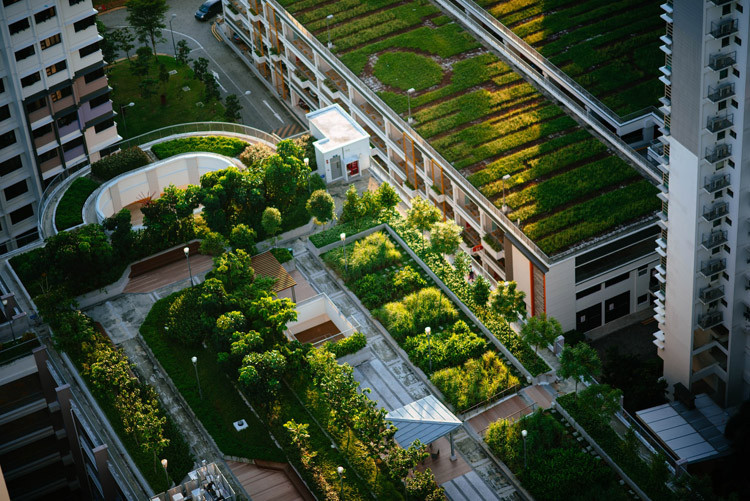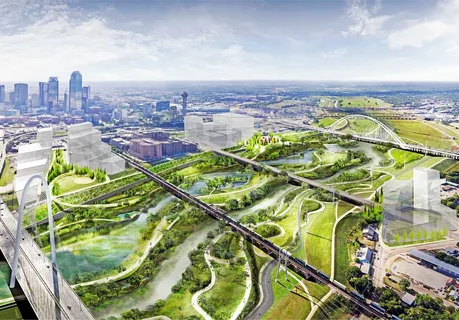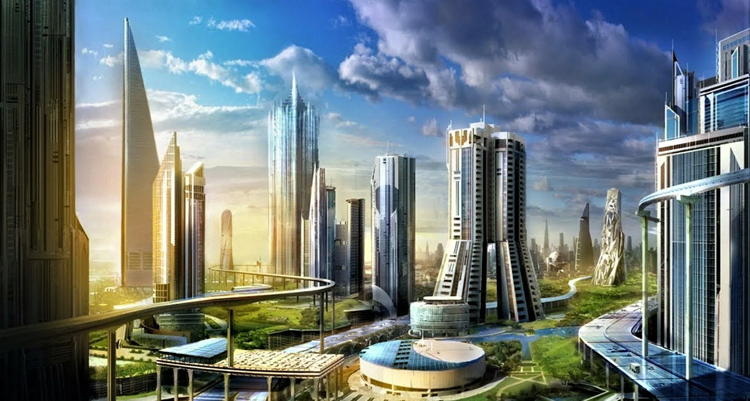New York City, often hailed as the concrete jungle, stands as a symbol of urbanization and progress. However, amidst the towering skyscrapers and bustling streets, there is a growing recognition of the need to balance the built environment with nature. The concept of “greening the concrete” has gained prominence as a means to create sustainable and livable urban spaces.
Historical Perspective:
Rapid urbanization and industrialization have been hallmarks of New York City’s development over the centuries. Concrete and steel gradually took the place of the once-pristine landscapes, which gave way to enormous structures. As the city expanded, green spaces diminished, leading to concerns about environmental degradation and the impact on the quality of life for its residents.
A growing understanding of the ecological, social, and psychological advantages of green spaces, however, has led to a paradigm shift in urban planning in recent decades. The green movement has gained momentum, with an emphasis on revitalizing urban areas and creating a harmonious balance between the urban and the natural.
Current Initiatives:
Several initiatives in New York City exemplify the commitment to greening concrete. One notable project is the High Line, a former elevated railway track converted into a lush urban park. The High Line not only provides a green oasis amid the city’s hustle but also promotes biodiversity by incorporating a variety of plant species. This project has become a global model for transforming disused urban infrastructure into vibrant green spaces.
Moreover, the Million Trees NYC initiative aims to increase the city’s tree canopy by planting a million trees throughout the five boroughs. Trees play a crucial role in mitigating the urban heat island effect, improving air quality, and providing shade. By increasing the city’s green canopy, this initiative contributes to a more sustainable and resilient urban environment.
The NYC Green Roof Tax Abatement Program incentivizes property owners to install green roofs, which are covered with vegetation. Green roofs help reduce energy consumption, manage stormwater runoff, and enhance biodiversity. These initiatives demonstrate a multi-faceted approach to integrating nature into the urban landscape, addressing both environmental and social concerns.
Biodiversity and Urban Ecology:
A critical aspect of greening the concrete involves preserving and enhancing biodiversity within the city. Urban environments often pose challenges to diverse ecosystems, but innovative approaches can foster coexistence. Designing urban spaces that mimic natural habitats, creating wildlife corridors, and promoting native plant species are essential strategies to support urban biodiversity.
The Wildlife Conservation Society developed the NYC Urban Wildlife Index to evaluate the city’s biodiversity by keeping track of the presence of various species. This tool helps inform conservation efforts and highlights the importance of preserving green spaces as vital habitats for diverse flora and fauna.
Social and health benefits:
Beyond environmental considerations, integrating green spaces into the urban fabric offers numerous social and health benefits. Access to nature has been linked to improved mental health, reduced stress levels, and increased overall well-being. In a densely populated city like New York, where the pace of life can be overwhelming, green spaces provide a refuge for relaxation and recreation.
Moreover, community gardens play a crucial role in fostering a sense of community and providing fresh, locally grown produce. These spaces not only contribute to urban agriculture but also serve as hubs for social interaction, education, and cultural exchange. The benefits of community gardens extend beyond their physical boundaries, positively impacting the surrounding neighborhoods.
Sustainable Urban Practices:
Greening the concrete involves not only adding green spaces but also adopting sustainable practices in urban development. Sustainable architecture, energy-efficient buildings, and eco-friendly transportation systems are integral components of creating an environmentally conscious city.

The OneNYC plan outlines a comprehensive approach to address climate change, social inequality, and economic challenges in the city. The plan emphasizes sustainable development, resilience, and the reduction of greenhouse gas emissions. By integrating these principles into urban planning, New York City aims to become a global leader in sustainable and resilient urban development.
Challenges and Future Considerations:
While significant progress has been made in greening the concrete in NYC, challenges persist. Limited available space, competing interests in urban development, and the financial constraints of implementing large-scale green initiatives pose obstacles. Striking a balance between the need for housing, infrastructure, and green spaces requires creative solutions and collaboration among various stakeholders.
The future of greening the concrete in NYC depends on continued innovation, public awareness, and policy support. Incorporating green infrastructure into new developments, retrofitting existing structures, and promoting sustainable practices at all levels are crucial steps. Additionally, engaging communities in the planning and maintenance of green spaces fosters a sense of ownership and ensures the longevity of these initiatives.
Greening the concrete in New York City represents a transformative journey toward a more sustainable, resilient, and livable urban environment. The integration of green spaces, biodiversity conservation, and sustainable practices reflects a holistic approach to urban development. As the city continues to evolve, the challenge lies in maintaining this delicate balance between nature and urbanization, ensuring a harmonious coexistence for the benefit of current and future generations. New York’s journey towards a greener future serves as an inspiration and a model for other cities grappling with similar challenges in the face of rapid urbanization.



